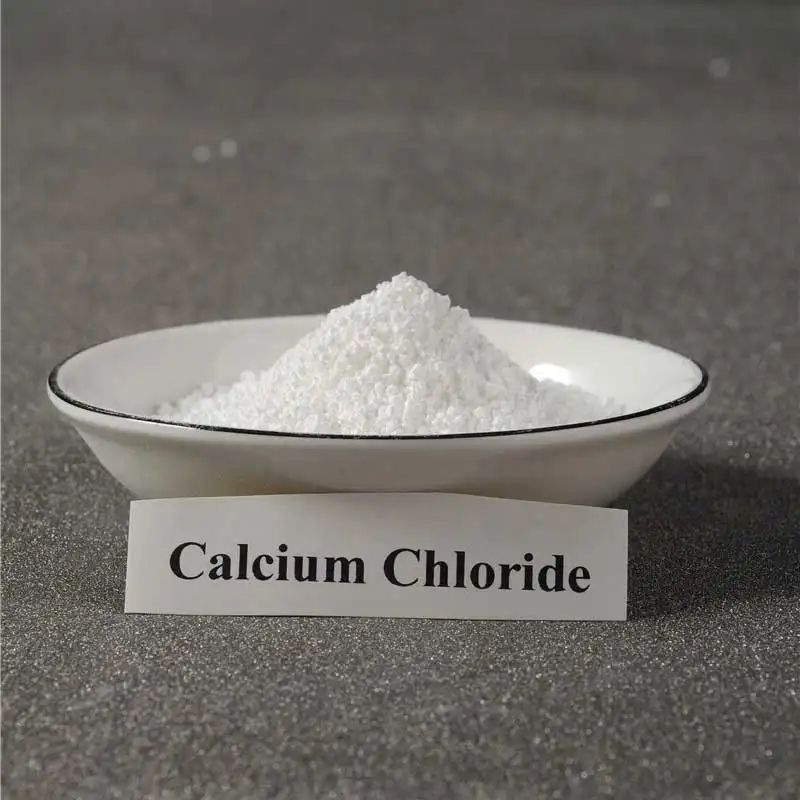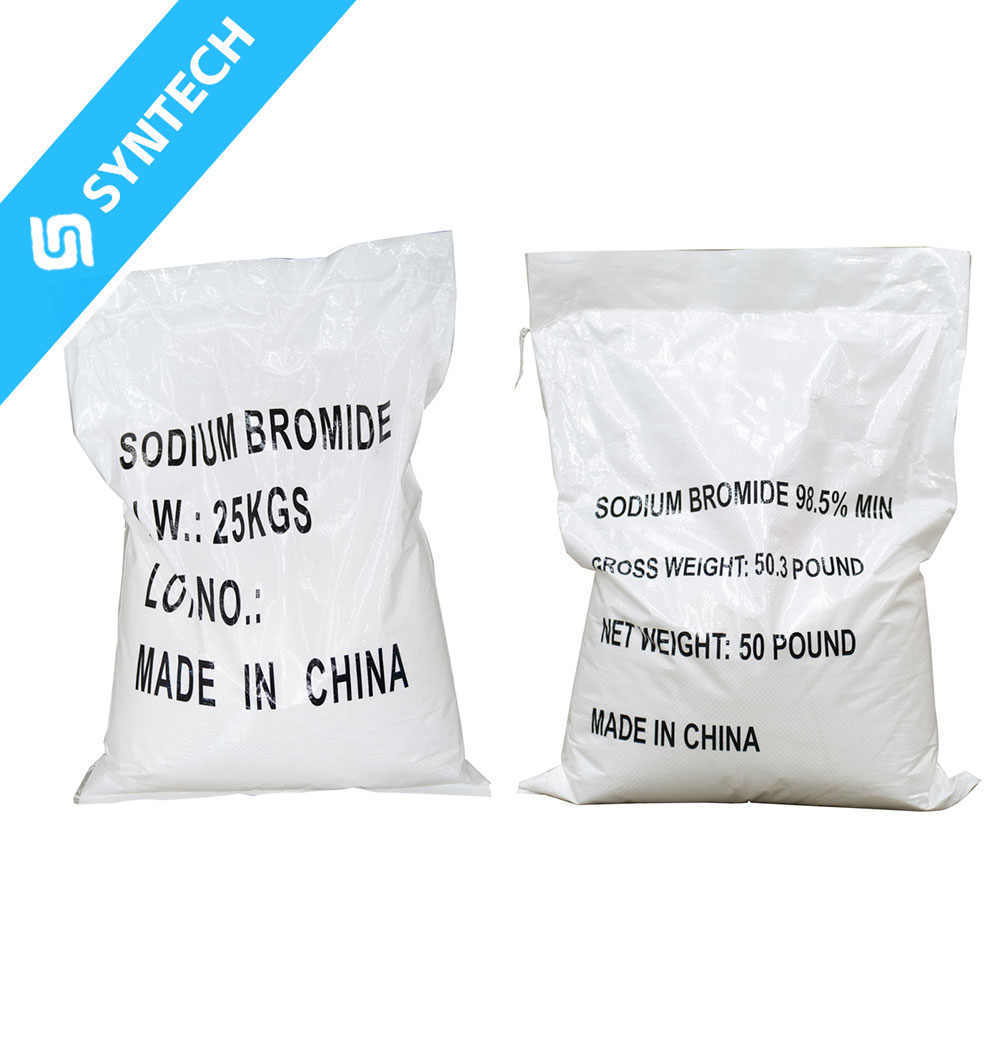Potassium formate is primarily used as a key additive in drilling and completion fluids in the oilfield industry. Its mechanism of action is reflected in the following aspects:
1. Density Adjustment and Well Control
- High Solubility: Potassium formate exhibits extremely high solubility in water (up to 331g/100mL at 25°C), enabling the preparation of clean brine completion fluids with a density range of 1.0–1.57 g/cm³.
- Low Crystallization Temperature: Its solution has a significantly lower freezing point compared to NaCl/CaCl₂ systems (e.g., a 50% potassium formate solution freezes at -50°C), ensuring safety in polar/deepwater drilling.
2. Shale Stabilization Mechanism
- Ion Exchange: K⁺ replaces Na⁺ in clay mineral layers, inhibiting clay hydration expansion (swelling rate <5%, 60% lower than NaCl systems).
- Osmotic Pressure Control: High-concentration formate ions generate reverse osmotic pressure, preventing free water from entering the formation.
3. Reservoir Protection Characteristics
- Solid-Free System: Avoids formation damage caused by traditional barite weighting agents (permeability recovery >90%).
- Biodegradability: Formate ions can be decomposed by microorganisms into CO₂ and H₂O, eliminating the need for post-completion flowback treatment.
4. High-Temperature Stability
- Thermal Decomposition Temperature: Begins decomposing at 165°C (higher than conventional drilling temperatures).
- pH Buffering Effect: The HCOO⁻/HCOOH buffer maintains system pH at 9–10, suppressing H₂S generation.
5. Synergistic Corrosion Inhibition
- Synergy with Corrosion Inhibitors: Formate ions adsorb onto metal surfaces to form a protective film, reducing carbon steel corrosion rates to <0.05 mm/a.
- Oxygen Scavenging: HCOO⁻ acts as a reducing agent to consume dissolved oxygen (ORP < -200 mV).
Typical Performance Comparison
| Parameter | Potassium Formate System | Conventional NaCl System |
|---|---|---|
| Max Density (g/cm³) | 1.57 | 1.20 |
| Crystallization Temp. (°C) | -50 | -21 |
| Clay Swelling Rate (%) | <5 | >15 |
| Corrosion Rate (mm/a) | 0.03–0.05 | 0.12–0.15 |
Note: It must be used with viscosifiers (e.g., xanthan gum) to maintain suspension capacity, and crystallization inhibitors are required at high densities (>1.3 g/cm³) to prevent salt precipitation.






